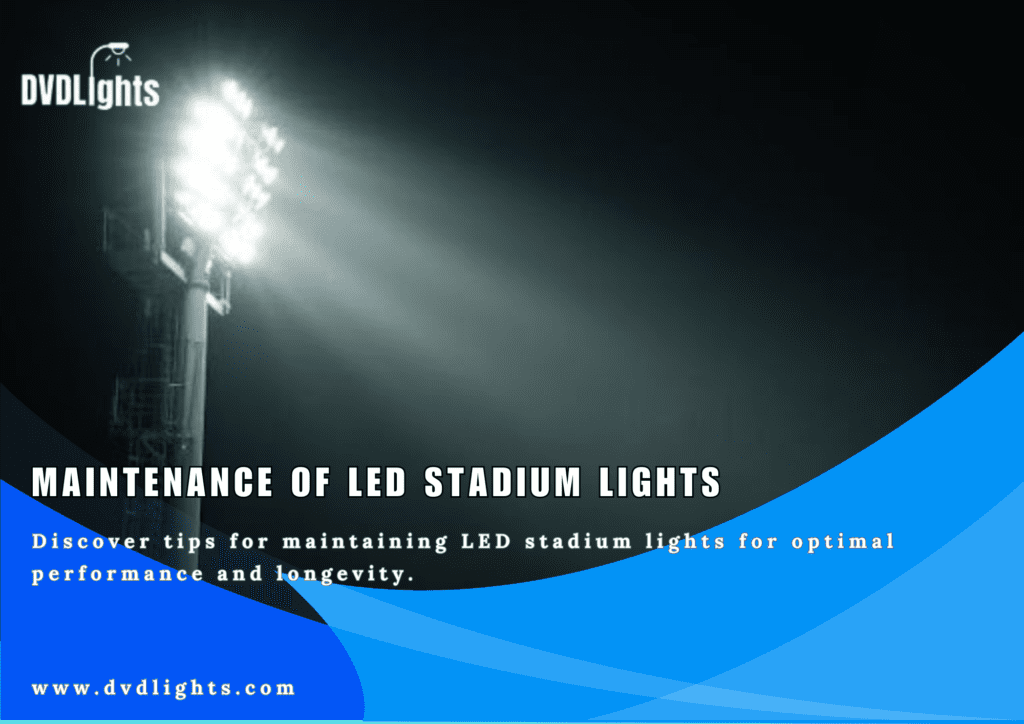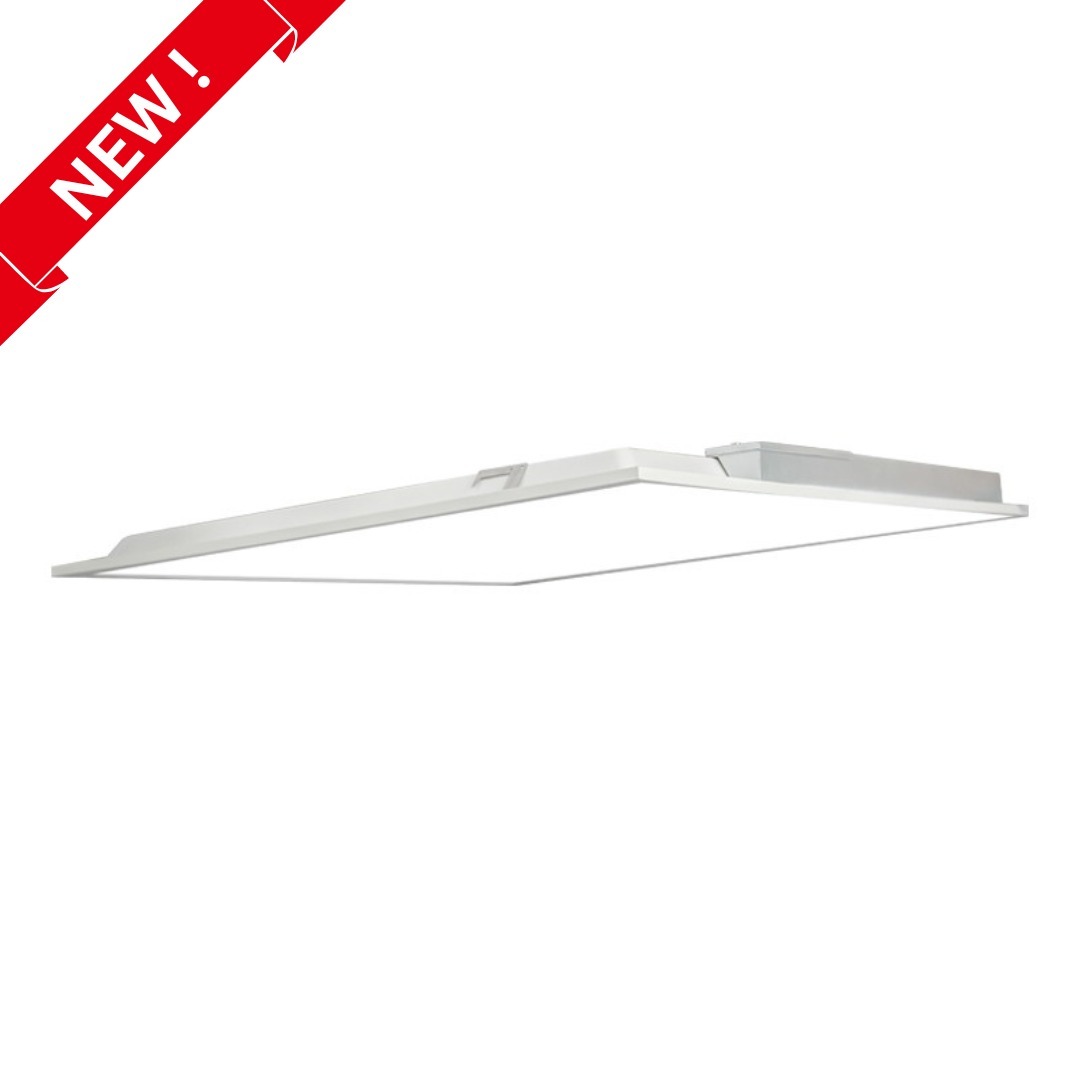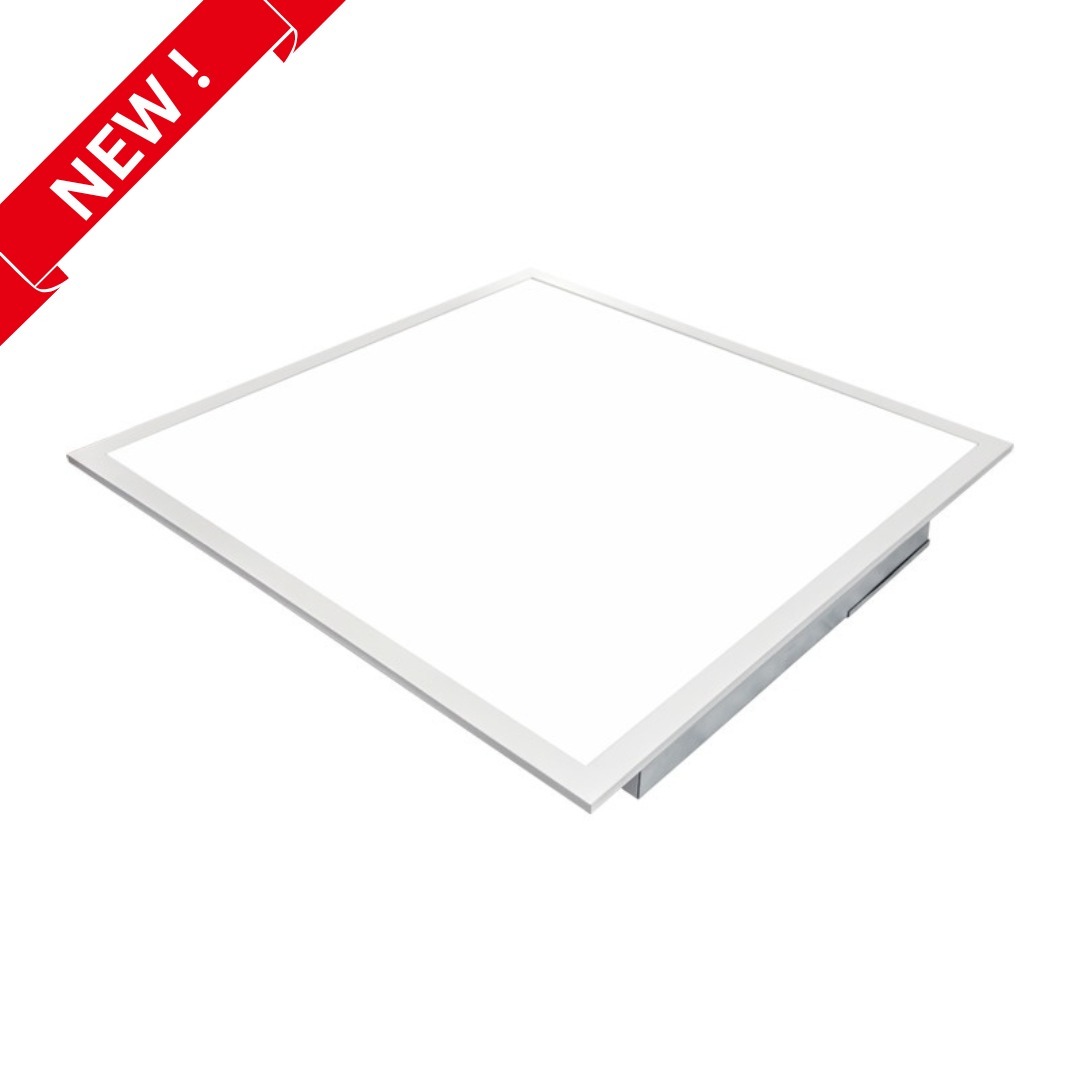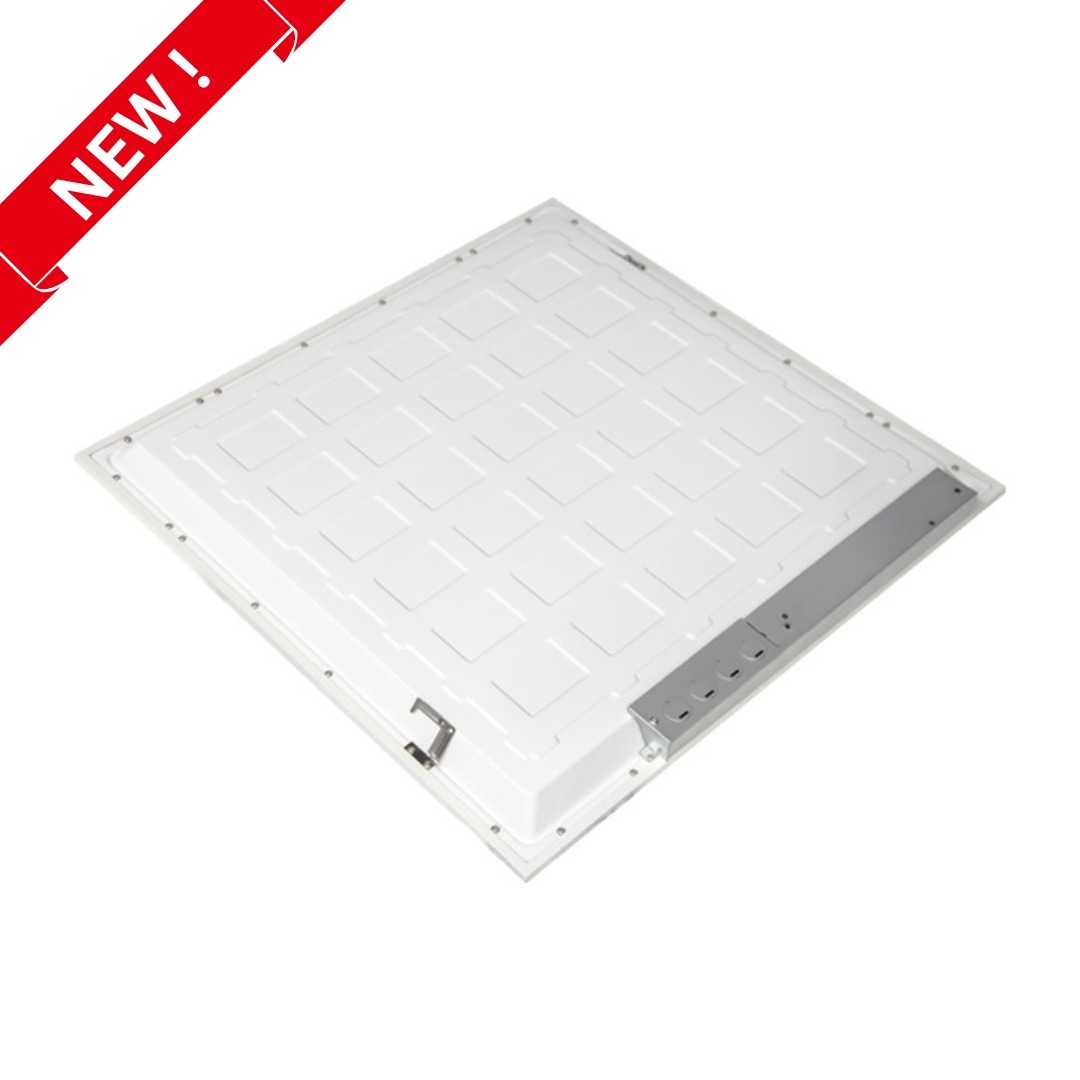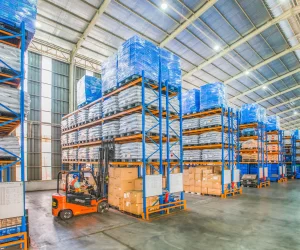LED stadium lights have transformed the way we illuminate large venues like football fields, soccer fields, and arenas. Whether you’re managing Stadium Lights for Football Fields, Stadium Lights for Soccer Fields, or even Tennis Court Stadium Lighting, these powerful, energy-efficient solutions provide unmatched brightness and reliability. However, to ensure they continue to perform at their best, regular maintenance is essential. This guide delves into the importance of maintaining LED Lights for Arena Lighting, key tasks involved, and best practices to keep your stadium lighting system in peak condition.
1. Why Regular Maintenance is Essential for LED Stadium Lights
While LED lights are known for their long lifespans and low energy consumption, they still require regular care. The maintenance of Professional Sports Stadium Lighting systems is critical for several reasons:
- Maximize Lifespan: Proper maintenance ensures your lights reach their full lifespan, which can be up to 100,000 hours. Environmental factors like weather exposure or dust buildup can impact performance, so taking care of your lights helps extend their longevity.
- Consistent Lighting Performance: For professional sports events and school sports alike, it’s vital that the field is illuminated evenly. School Sports Field Lighting Solutions depend on consistent performance to ensure player safety and spectator visibility.
- Energy Efficiency: Dust, debris, and other blockages can reduce the output of your lights, making them work harder and consume more energy. Regular cleaning and inspections ensure that your Stadium Lights for Football Fields or Soccer Fields remain energy-efficient.
- Safety: Stadium lights play a key role in ensuring a safe environment for players and spectators. Faulty lighting systems can lead to accidents, so LED Stadium Light Maintenance Tips are crucial to maintaining a secure environment.
Photo from ermingut via iStock
2. Key Maintenance Tasks for LED Stadium Lights
To maintain optimal performance, Maintenance of Stadium LED Lights involves several critical tasks. Whether you’re managing a School Sports Field Lighting Solution or Professional Sports Stadium Lighting, regular maintenance ensures that all components continue to function as intended.
Photo from plherrera via iStock
Visual Inspections
Begin with regular visual inspections to identify any obvious issues like damaged fixtures or mounting brackets. Check for:
- Physical Damage: Any cracks or chips in the housing or lens can affect the performance of the lights.
- Corrosion: Since outdoor stadium lights are exposed to the elements, you may notice signs of corrosion, especially on the metal components. This should be addressed promptly.
- Loose Components: Over time, mounting brackets, bolts, or electrical connections can become loose due to environmental wear or vibration from stadium events. Regularly inspect and tighten any loose parts.
Cleaning the Lights
Over time, dust and dirt accumulate on the lights, reducing their efficiency. Cleaning is especially important for Tennis Court Stadium Lighting and other open-air sports venues. To clean your lights:
- Turn Off Power: Always turn off the power supply before cleaning any lights to avoid electrical hazards.
- Use Soft Brushes and Mild Cleaners: Gently remove dust and debris using a soft brush or cloth. Avoid using abrasive materials that could damage the protective coatings on the lights.
- Rinse and Dry: Ensure the lights are thoroughly rinsed after cleaning and dried properly to avoid moisture issues.
Electrical Inspections
Maintaining the electrical components of your Stadium Lights for Football Fields and Stadium Lights for Soccer Fields is crucial to preventing system failures:
- Voltage Testing: Regularly check the voltage levels to ensure that the lights are receiving the correct input. Incorrect voltage can lead to flickering or reduced efficiency.
- Inspect Power Supplies and Drivers: These are the essential components of any LED lighting system. Check for overheating, wear, or other signs of damage.
- Circuit Breaker Testing: Verify that the circuit breakers are functioning correctly and are not prone to tripping, which could indicate underlying electrical issues.
Recalibration of Lights
To maintain even light distribution across the field or court, recalibrating the lights is important. This ensures that Professional Sports Stadium Lighting and School Sports Field Lighting Solutions provide uniform illumination:
- Angle Adjustments: Over time, environmental factors may shift the alignment of lights. Recalibrate the angles to ensure even coverage.
- Light Intensity Measurements: Use a light meter to check the intensity across the entire field or court. This helps identify any dim spots or areas that need adjustment.
Component Replacement
Though LED lights are durable, some components may still require replacement over time, particularly in high-use venues like those requiring Stadium Lights for Football Fields or Stadium Lights for Soccer Fields.
- Flickering or Dim Lights: If you notice flickering or dimming, it may be time to replace the LED drivers or modules.
- Power Supply Issues: Malfunctioning power supplies can cause the entire lighting system to fail. Replacing faulty power supplies ensures continued performance.
- Damaged Fixtures: Any fixtures that are cracked or broken should be replaced to avoid safety hazards and ensure optimal light output.
Environmental Considerations
Outdoor LED Lights for Arena Lighting and Stadium Light Pole Installation face exposure to a variety of environmental conditions. Keeping these in mind during maintenance can prevent long-term damage:
- Weatherproofing: Make sure that the light fixtures are properly sealed against rain, snow, and dust to prevent moisture from damaging the internal components.
- Bird and Wildlife Prevention: Birds may nest in large stadium light structures. Consider adding bird guards or deterrents to avoid obstructions and potential damage.
- Pollution and Dust Accumulation: In urban areas or near industrial zones, dust and pollution can accumulate faster. In these environments, more frequent cleaning might be necessary.
Creating a Maintenance Schedule
For any stadium lighting system, particularly one that relies on Stadium Lights for Football Fields or Tennis Court Stadium Lighting, a detailed maintenance schedule is essential to ensure consistent performance:
- Monthly Inspections: Check for visible damage or alignment issues at least once a month.
- Quarterly Cleaning: In areas with high dust or pollution, consider scheduling quarterly cleaning sessions to remove buildup on the lights.
- Bi-Annual Electrical Inspections: Conduct voltage tests and inspect all electrical components every six months to ensure everything is functioning correctly.
- Annual Recalibration: Recalibrate the lights at least once a year to ensure even light distribution.
Photo from Arturo Peña Romano Medina via iStock
Professional Maintenance Services
While many tasks can be handled internally, some more technical aspects of How to Install Stadium Lights or maintain them are better left to professionals. Professional services provide several advantages:
- Expertise and Experience: Technicians are trained to handle complex issues, from recalibrating light angles to replacing electrical components.
- Advanced Tools: Professionals have access to specialized tools and equipment for thorough maintenance and repairs.
- Long-Term Cost Savings: Regular professional maintenance prevents major failures, which can save significant costs in the long run.
FAQs
- How often should I perform maintenance on stadium lights?
- Regular visual inspections should be done monthly, with more in-depth cleaning and electrical inspections scheduled at least bi-annually.
- What are some common signs that LED stadium lights need maintenance?
- Common signs include flickering, dimming, loose connections, physical damage, or reduced light output due to dirt or dust buildup.
- Can I clean stadium lights without turning off the power?
- No, always disconnect the power supply before cleaning or performing maintenance to avoid electrical hazards.
- What are the key steps for maintaining LED stadium lights?
- Regular inspections, cleaning, recalibration, and replacing faulty components are the main steps for maintaining LED stadium lights.
- Do I need professional help for stadium light maintenance?
- While some tasks can be handled in-house, professional services are recommended for complex issues such as electrical inspections, recalibration, or component replacement.
Conclusion
By following these LED Stadium Light Maintenance Tips, your lighting system will continue to perform at its best, whether you’re managing Stadium Lights for Soccer Fields, Tennis Court Stadium Lighting, or large arenas. Consistent care ensures that your lights not only last longer but also provide safe and efficient illumination for every event. Additionally, staying on top of Stadium Light Installation Guide practices and Stadium Light Pole Installation will further ensure your venue remains well-lit and operational for years to come.

